Throughout history, powerful empires have risen and fallen, shaping the world through conquest, innovation, and cultural influence. From the vast legions of Rome to the unstoppable Mongol hordes, these empires dominated entire continents and left a lasting mark on civilization. In this article, we’ll explore the top 5 most powerful empires in history, highlighting their peak dominance and what made them truly great.

1. Roman Empire: A Key Empire in History
At it’s period Roman Empire was one of history’s most powerful civilizations, shaping politics, law, and military strategy for centuries. At its height, Rome controlled vast territories across Europe, North Africa, and the Middle East, dominating the ancient world through advanced governance and engineering achievements.
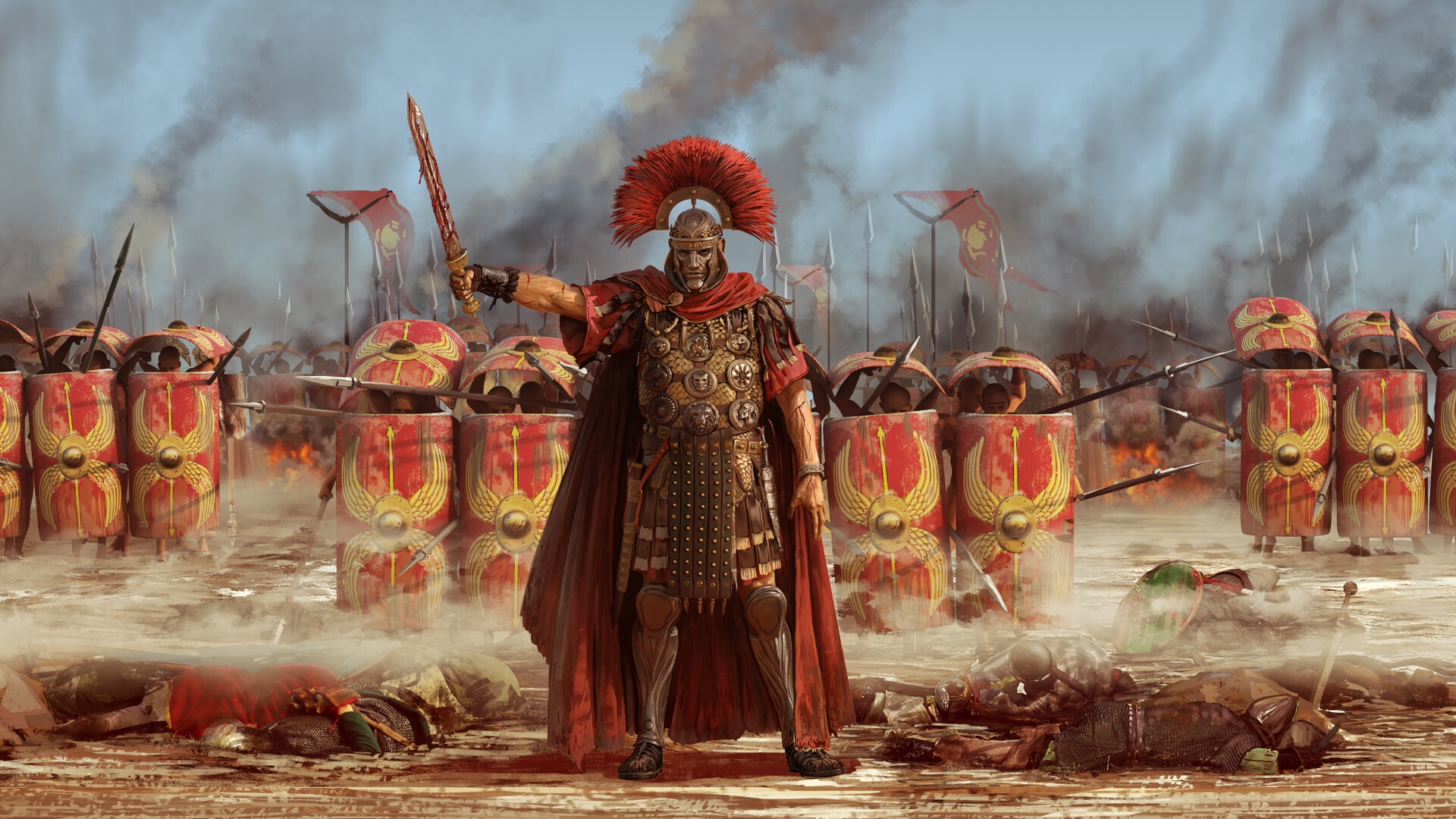
Rise of Rome
Founded in 27 BC when Augustus became the first emperor, Rome rapidly expanded from a republic into a vast empire. With a well-structured political system and a highly disciplined military, the Romans conquered regions from Britain to Mesopotamia. Infrastructure projects such as roads, aqueducts, and fortifications facilitated governance and trade, securing Rome’s dominance for centuries.

Peak of Power

It is known that Roman Empire reached its peak during the 2nd century AD, under Emperor Trajan, when its territory stretched over five million square kilometers. The empire thrived due to its efficient administration, legal system, and economic stability.
It is also important to say that, famous Pax Romana (Roman Peace), lasting from 27 BC to 180 AD, provided an era of stability and prosperity, fostering cultural and technological advancements that shaped Western civilization.

This Roman Empire remains as a symbol of power and innovation. From its mighty legions to its groundbreaking architecture and governance, Rome’s influence continues to shape modern society, making it one of the most fascinating civilizations in history.
2. Mongol Empire: A Dominant Force in Empire History
The Mongol Empire, founded by Genghis Khan in the early 13th century, became the largest contiguous empire in history, stretching across much of Asia and into Europe. Unlike many empires that were built on cities and infrastructure, the Mongols built their empire on military strategy and mobility, relying on their exceptional horse-riding skills and warfare tactics to conquer vast regions. The Mongols’ success was also heavily influenced by their ability to adapt and absorb the best practices of the cultures they conquered, making them one of the most powerful empires in history.

Peak of Mongol Power
Under Genghis Khan and his successors, the Mongol Empire reached its zenith, controlling nearly 12 million square kilometers by the mid-13th century. At the heart of their success was a highly disciplined military, capable of executing rapid invasions and devastating sieges.
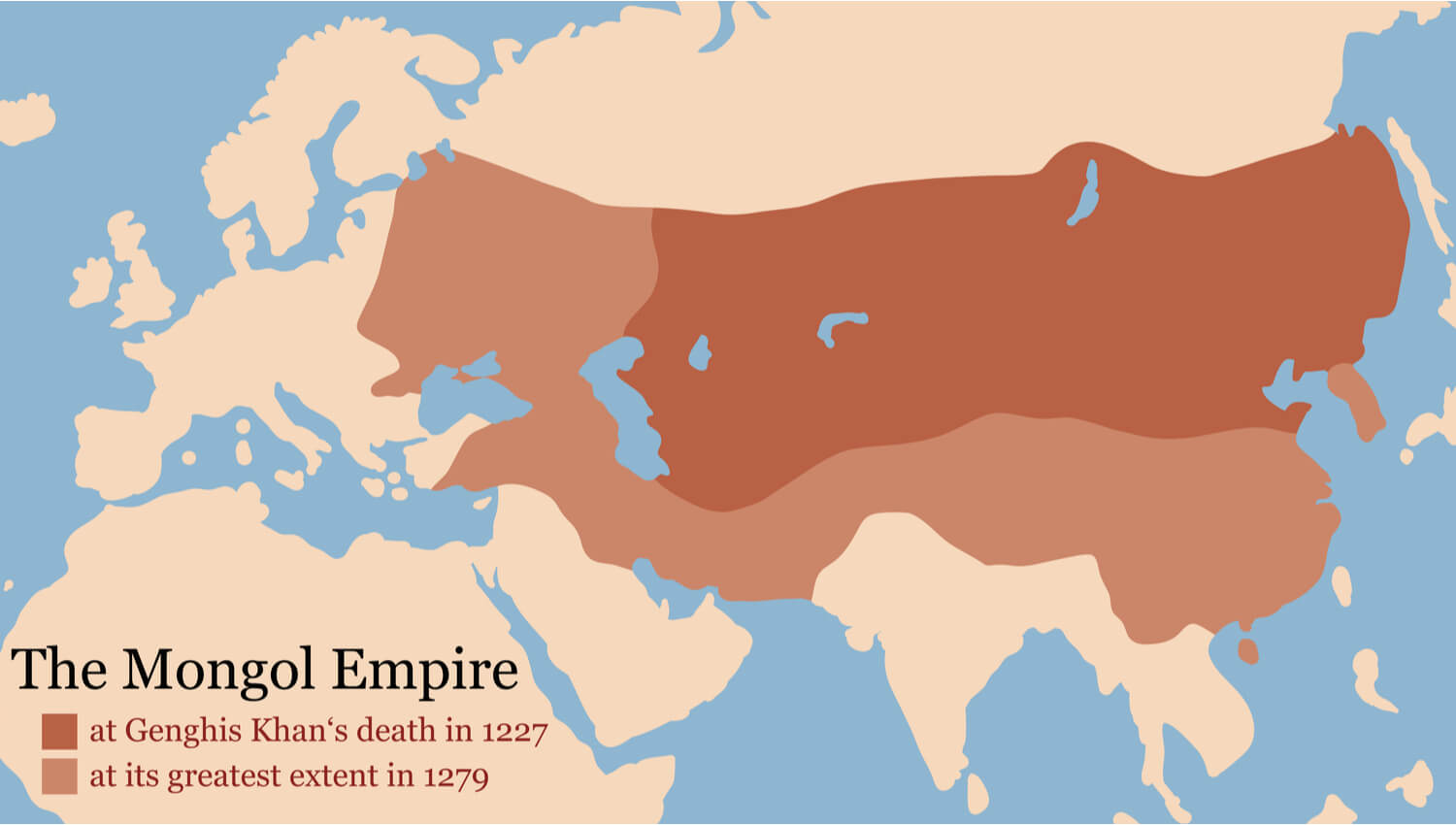
The empire also established the Yam system (a relay system of communication), which allowed for the swift movement of troops and messages, contributing to their unparalleled efficiency in warfare and governance. The Mongols not only dominated the battlefield but also facilitated a golden age of trade, connecting the East and West through the Silk Road, which helped spread ideas, technologies, and cultures.
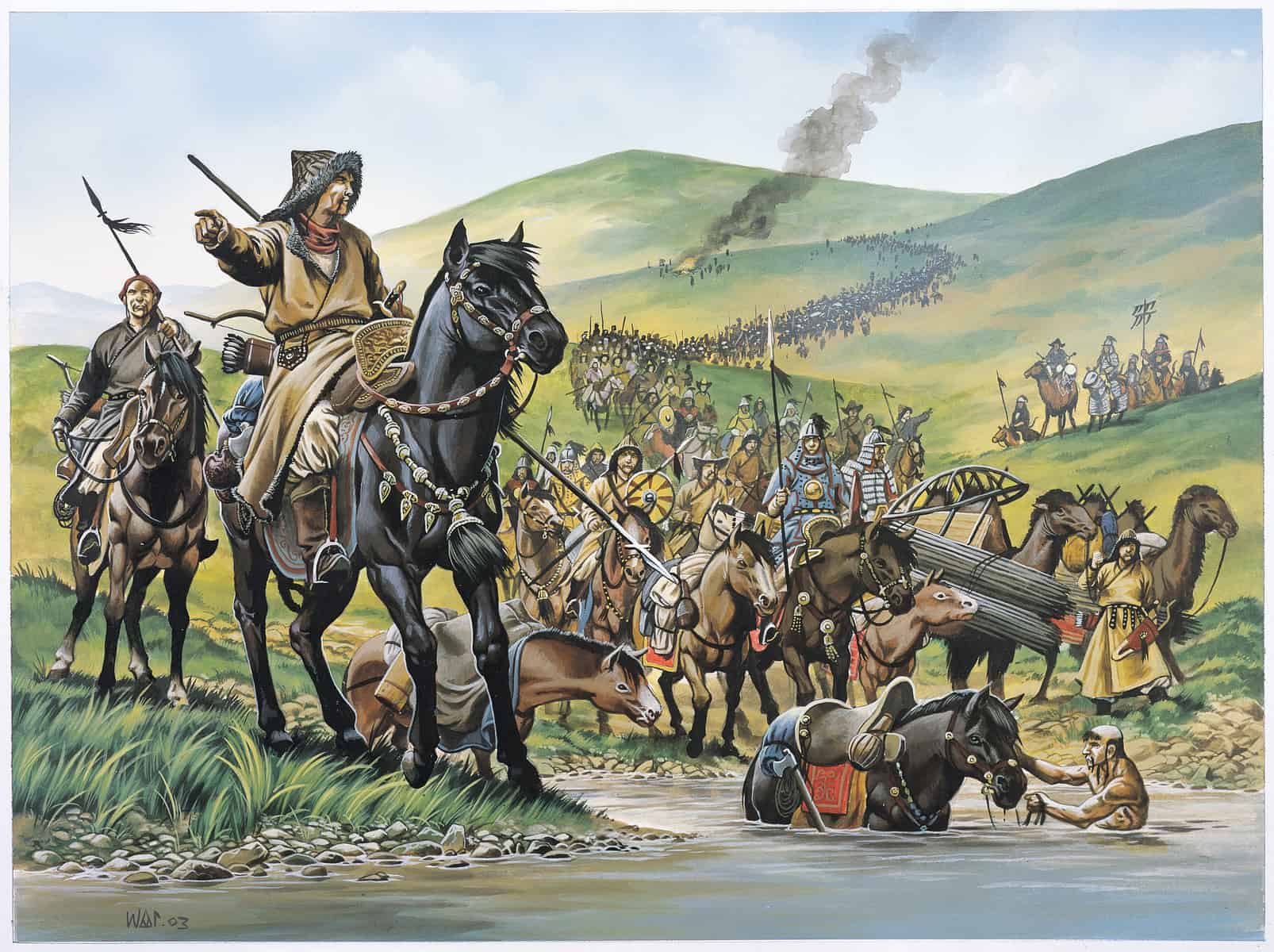
In terms of history, the Mongol Empire stands as a testament to the power of military strategy, adaptability, and the far-reaching influence of empire-building. Their dominance over the largest landmass in history left a lasting legacy on the regions they conquered and reshaped the world’s trade routes. Their legacy continues to be felt in the cultures and nations that emerged from their vast empire.
3. British Empire: The Global Power In Empire History
Acknowledged as one of the most powerful empires of its era, the British Empire was one of the largest and most feared empires in history, at its peak controlling nearly a quarter of the world’s landmass and population. Its rise began in the late 16th century, but it wasn’t until the 18th and 19th centuries, following the Industrial Revolution, that Britain became the dominant global superpower. The British Empire was largely built through its naval superiority and its ability to establish colonies across the world, from Africa and India to the Americas and Australia.
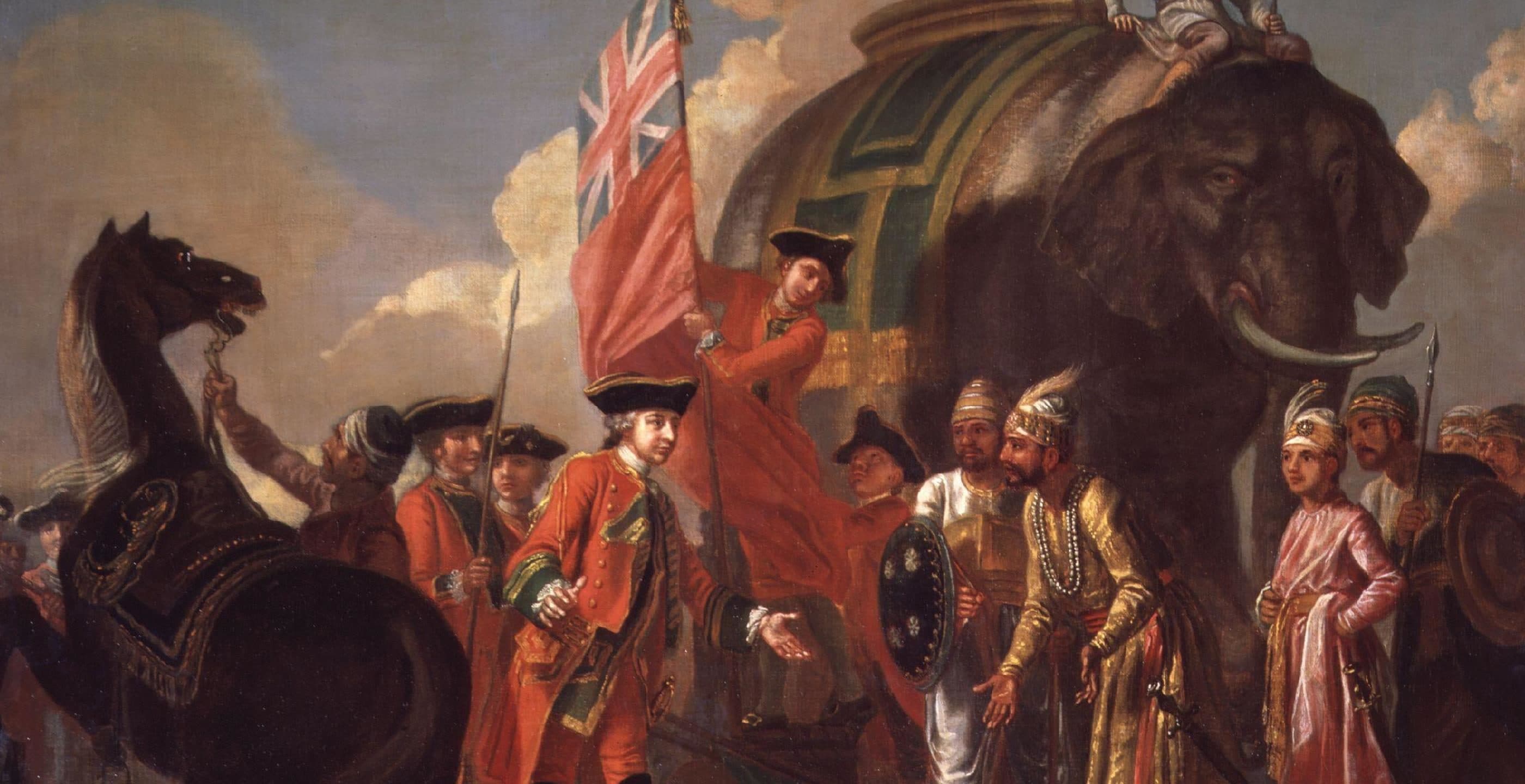
Peak Of British Power
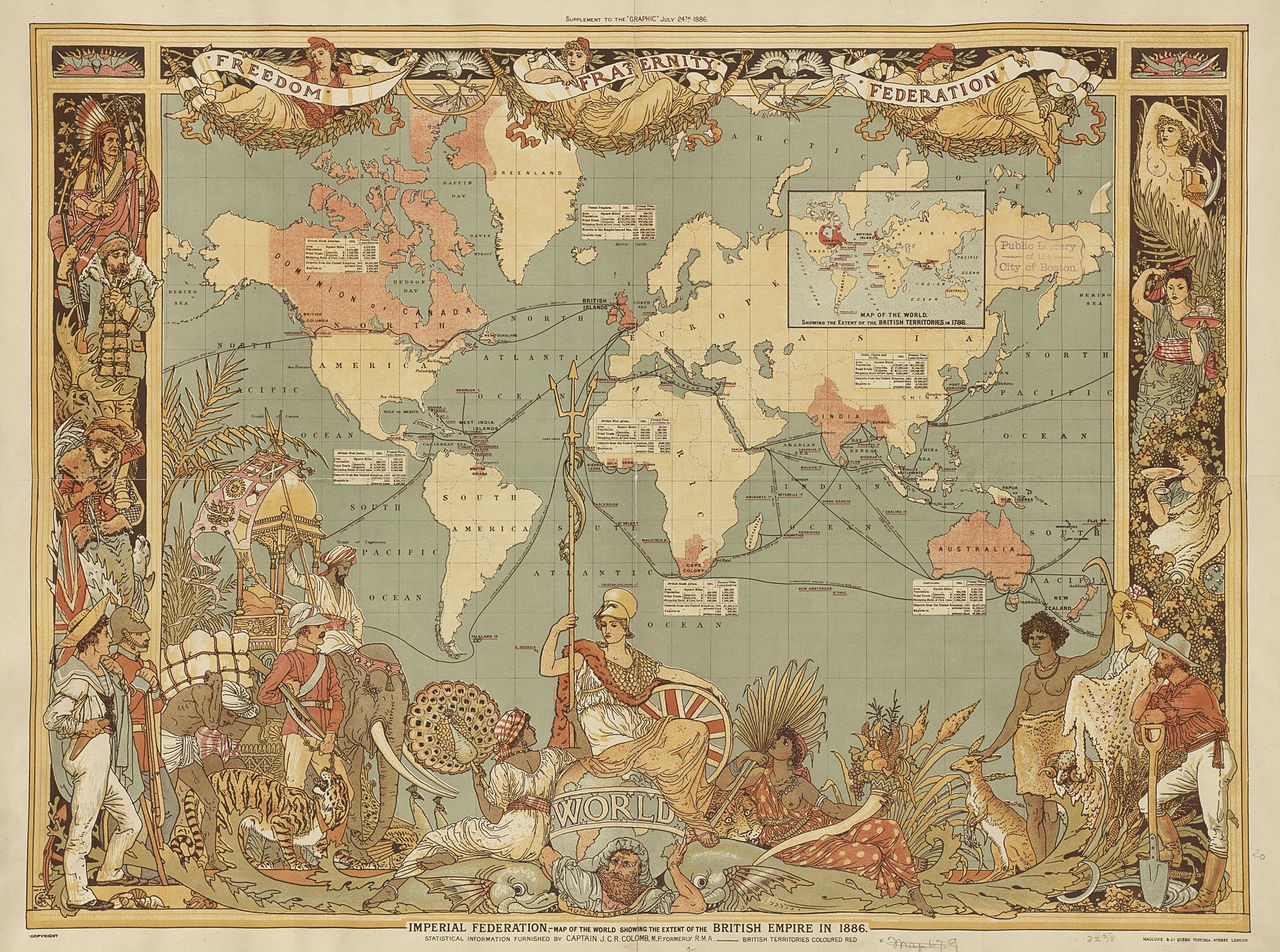
By the 19th century, during the reign of Queen Victoria, the British Empire was at its zenith, controlling vast territories and shaping international trade. The empire’s Royal Navy ensured control of the seas, facilitating the movement of goods, people, and ideas across continents.
Innovation and industrial might of Britain revolutionized global commerce, and British colonies produced vast wealth, helping Britain maintain its influence. Additionally, the spread of British culture, law, and language left a deep imprint on many of its former colonies.
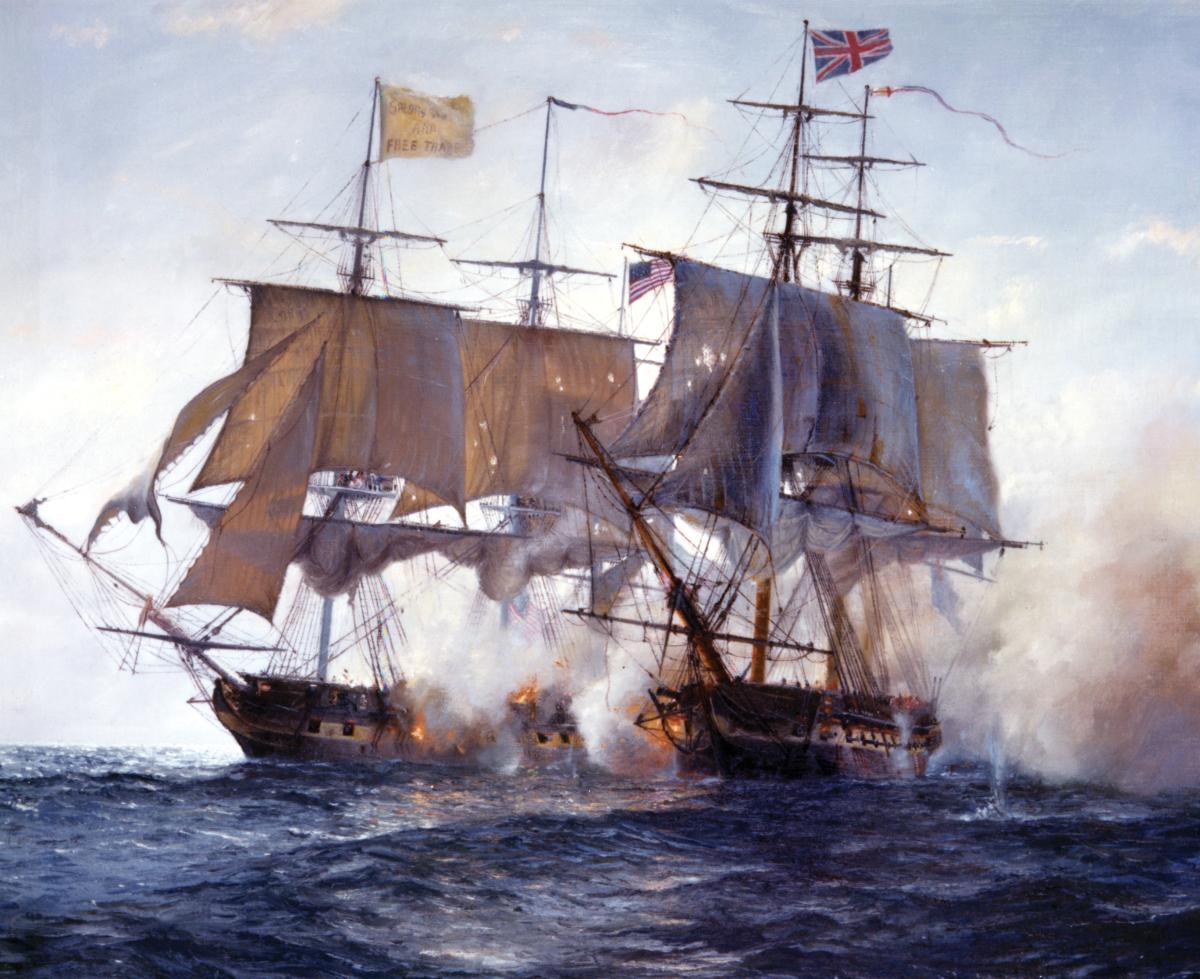
The British Empire remains one of the most significant empires in history, shaping the modern world through its global reach and cultural influence. From its naval power to its colonial administration, Britain’s dominance for over three centuries left an indelible mark on geopolitics, trade, and culture.
4. Ottoman Empire: A Lasting Power In Empire History
Rising from a small principality in Anatolia in the late 13th century, the Ottoman Empire grew into one of the most influential empires in history, lasting over 600 years. Under the leadership of Osman I, the empire began its expansion, and by the 15th century, it had become a major power, controlling vast regions from southeastern Europe to North Africa and the Middle East. Strategic military victories and an adaptable political system allowed the Ottomans to dominate and shape the fate of the regions they controlled.
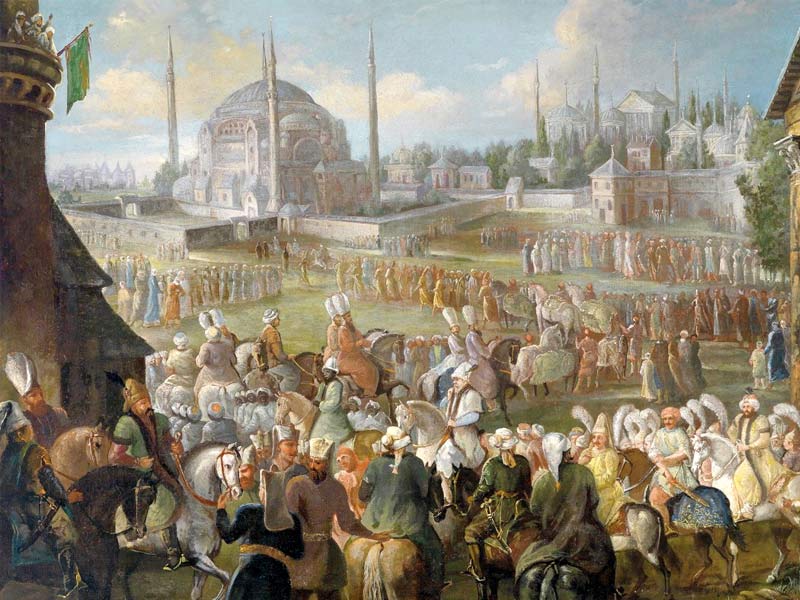
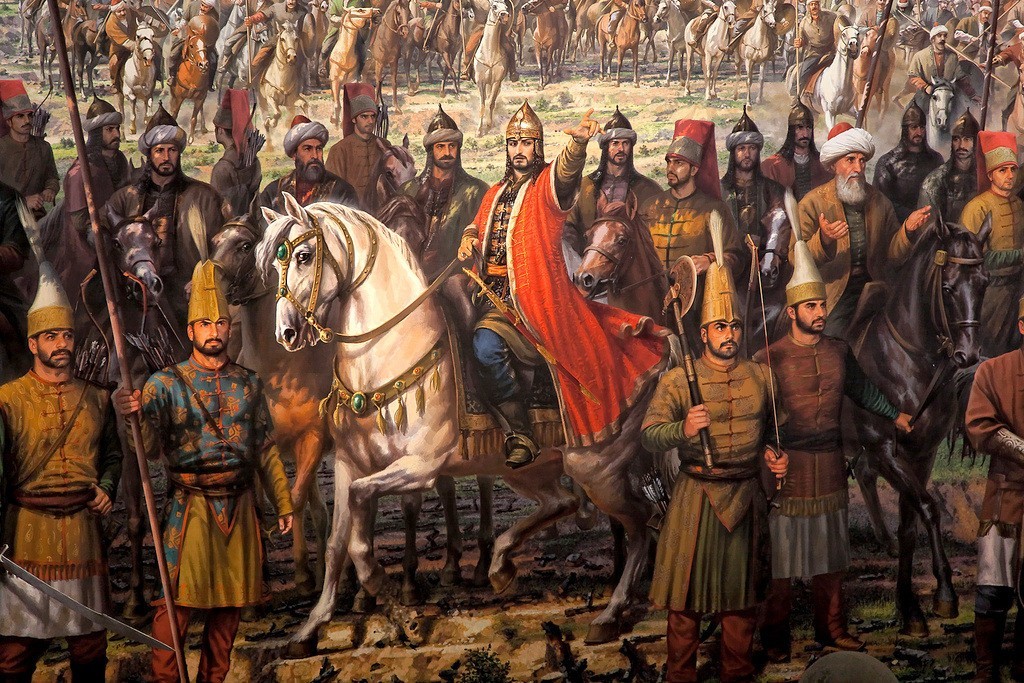
Peak Of Ottoman Power
During the 16th century, under Suleiman the Magnificent, the Ottoman Empire reached its peak, stretching from modern-day Turkey across vast territories in Europe, Asia, and Africa. This era marked significant advancements in architecture, culture, and military strategy.
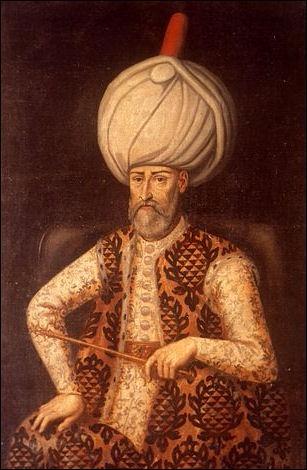
Ottoman forces were known for their elite janissaries, and their control of vital trade routes ensured economic prosperity. Istanbul, as the imperial capital, became a cultural and intellectual hub of the empire, blending both European and Asian influences.
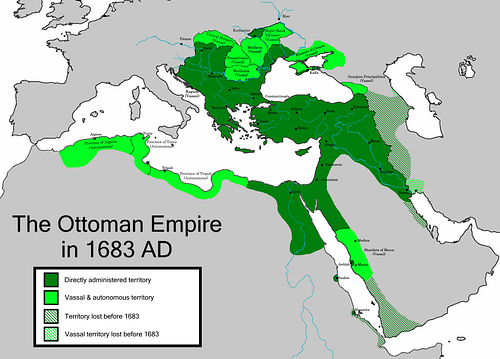
Spanning over six centuries, the Ottoman Empire left a profound impact on world history. Its strategic position between Europe and Asia made it a critical player in trade, culture, and politics. The legacy of the Ottomans continues to resonate in the modern-day nations that once belonged to the empire.
5. Spanish Empire: A Colossal Force in Empire History
Emerging in the late 15th century, the Spanish Empire rapidly became one of the largest empires in history. Its rise began with the unification of Spain under Ferdinand and Isabella and the subsequent voyages of Christopher Columbus, leading to the European discovery of the Americas.

This empire expanded through exploration, conquest, and colonization, establishing vast territories across the Americas, Asia, and Europe. Spanish explorers, such as Hernán Cortés and Francisco Pizarro, played pivotal roles in the empire’s expansion by conquering powerful civilizations like the Aztecs and Incas.
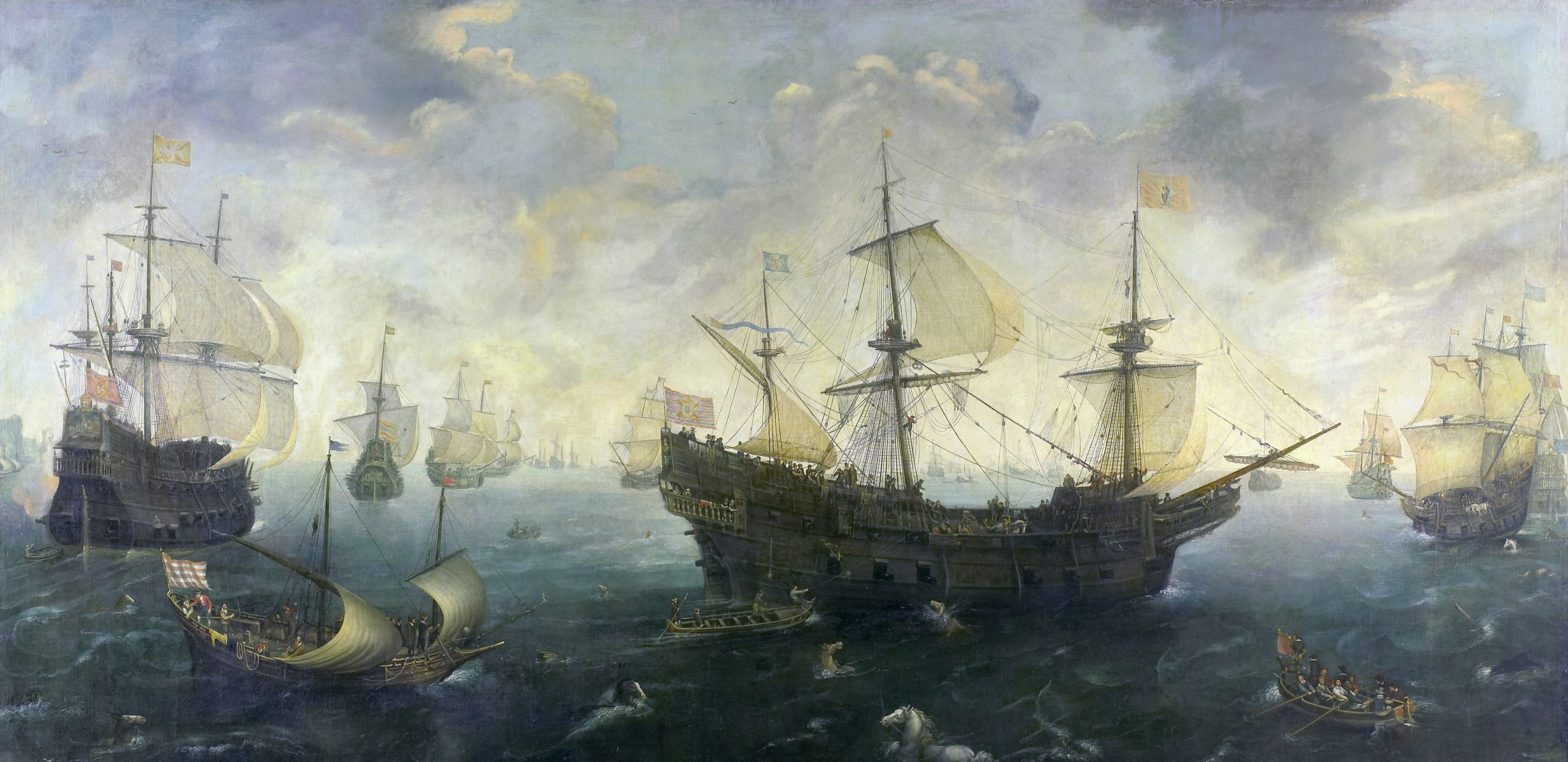
Peak Of Spanish Power
At its height in the 16th and early 17th centuries, the Spanish Empire controlled vast regions across the globe. From Latin America to the Philippines, Spain’s reach was unmatched. The empire’s wealth, largely derived from gold and silver found in the New World, funded a powerful navy and a dominant position in European politics.

Spain’s Habsburg dynasty helped maintain stability and influence across Europe, making the empire a leading force in global affairs. In addition, the spread of Catholicism through missionary work in its colonies left a lasting cultural and religious impact.
At it’s time, Spanish Empire left an indelible mark on history, shaping the Americas, Europe, and Asia. Its role in the Age of Exploration, military conquests, and the spread of Spanish language and culture is still felt today in many countries. Despite its eventual decline, the empire’s legacy remains a powerful part of global history.
